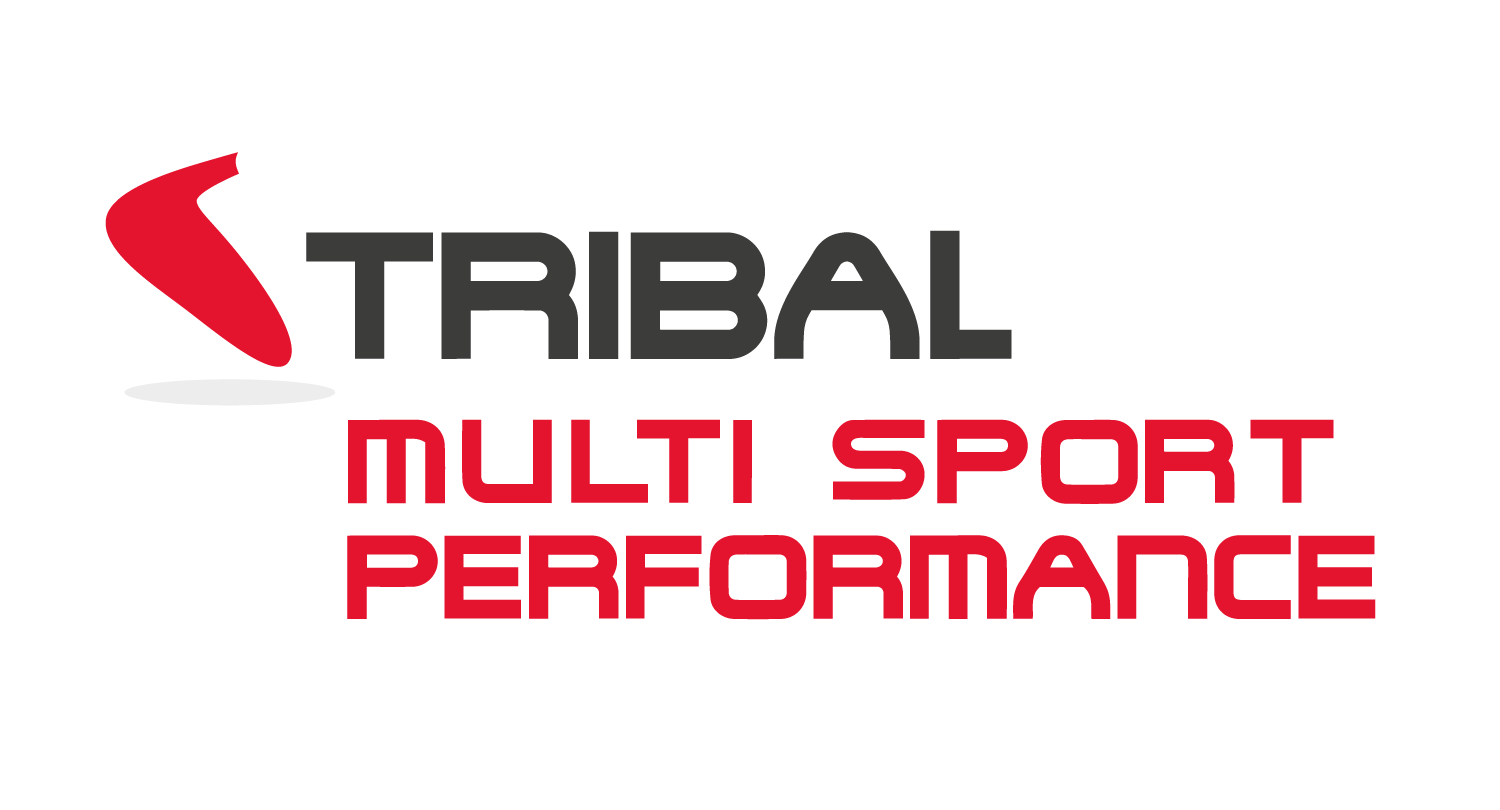06 Jan 5 Tips to avoid shoulder pain in swimming
By- PAUL ROBERTS OF Tribal MSP & NICHOLAS ROMANOV, Ph.D., developer of The POSE Method®
Shoulder pain whilst swimming is a common ailment for triathletes.
As with knee injuries in running. While there are many explanations available to justify the pain, there is really only one true problem – incorrect technique.
Whatever you’re doing with your swimming technique, if there is pain present – adjust your technique. Pain should never be a part of your training. There are just a few things not to do to avoid pain in shoulders.
Here are 5 tips to help alleviate discomfort.
Whilst swimming….
Avoid actively pulling with your arms.
A much promoted so-called “pulling” action is one of the main precursors of injured shoulders. Pain is the price you pay for trying to delegate the bulk of the labor to the part of the body not intended to carry that load. A shoulder is a joint that connects your arm to your body, so it’s only a connector that can only act as a “transmitter” of energy that translates into movement.
By attempting to “pull” your entire body through water with your arms (which is an incorrect perception of what’s actually happening anyway), you place a ridiculous load on your shoulders alone. In The Pose Method you move the body forward by simply changing support under the body to keep moving.
Avoid trying to create a specific hand trajectory.
It will happen on it’s own. You should not try to control which path your hand will travel because it will be automatically following the correct and needed trajectory when you focus on support and change of support.
When controlled, the hand does not follow the natural trajectory and ends up misaligned in relation to the elbow, consequently the shoulder, consequently the body. That normally resolves into an injury.
Avoid cup, clasp or strain in your hands.
There is ‘no muscle’ in great movement.
Simply open your hands and keep them straight, in a relaxed but straight position, fingers at a comfortable distance from one another. Doing anything extra with your hands will put strain on your hands, strain in your hands will lead to discomfort or pain in forearms, followed by shoulders, etc. …
Aim for incremental performance increases.
Too often triathletes aim to work at their maximal capacity, a belief that there is a need to push yourself to the point of exhaustion every single workout – more of everything, harder workouts, longer workouts, etc… Making success a reality is very different, successful athletes lay down the foundations for harder sessions with plenty of easy work and skill development.
The best athletes on the planet vary their training with a combination of intensities, activities, and modes of training. If you have seen our ’Training Interdependencies’, you will understand this need for variety and foundations.
The biggest difference between a successful and frustrated athlete is that almost all successful athletes are guided by coaches that are focused on a smart (not always harder) approach, a progression is applied over time to bring the athletes abilities to a peak when they need them to be – nothing is random. It’s all part of a long-term development.
Before and between your swims….
Strive for structural balance between front and back side of your body.
The freestyle swimming action requires a heavy demand on internal rotation of the shoulder. As well as gaining strength in the connections that will make your support stronger (chest, shoulder and lats), it is essential to establish foundational strength in the postural muscles of the shoulder girdle (rhomboid, lower/mid traps, posterior shoulder and posterior rotator cuff musculature).
The extreme mobility of the shoulder joint makes postural balance a priority- it takes an intelligent approach to strength development about the shoulder to gain the foundations needed to be able to express your body weight fully on your support.
Try the Y, T, W exercise in this video.
Other impactful interventions on shoulder health include proper preparation and warm ups pre-swim and daily mobility work to develop areas with a poor range of motion.
As you see, less is more. Trying to do too much will rarely give you the right outcome, performing the correct actions, in the appropriate dose with complimentary conditioning will lessen your stress load and make swimming comfort and progression a reality.
Tribal Swim Squads take place in Chertsey, Surrey. You can register your interest here and Paul will be in touch to let you know the setup- Register Interest for Swim Squad
For those of you not local, the Tribal Members Area provides an educational resource and community that details everything we have spoken about above in much greater detail, learn-
- The Pose Method of Swimming
- The Indestructible Triathlete, our strength offering
- Tribal Training Interdependencies, for performance
All for just £19.99 per month. Sign up here- Become Tribal



